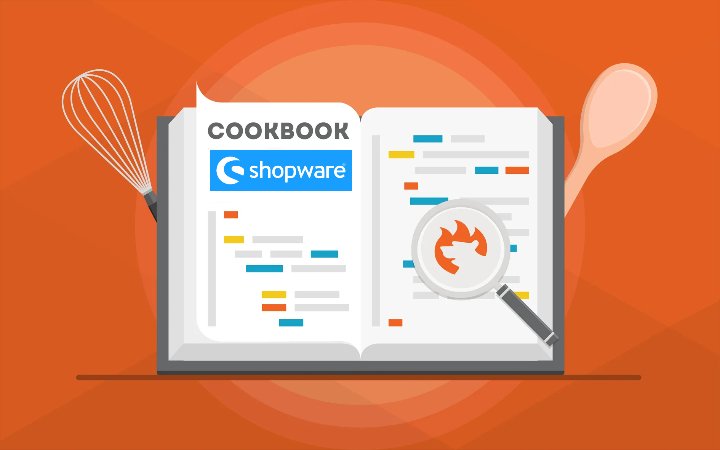
No matter the size of your online store, product descriptions play a key role in your ecommerce business.
Effective product descriptions can possibly lure potential customers. Good product descriptions can potentially influence a purchase decision. Great product descriptions can ultimately help improve conversion rates and increase sales.
The technical details, including the use of power words and A/B tests, can be the difference between a potential buyer on your ecommerce website and those customers shopping at a competitor with similar products.
Business owners, marketers and copywriters all know the importance of writing product descriptions, but what’s the best way to help reach your target audience?
What are Product Descriptions?
[embedded content]
A product description is a form of marketing copy used to describe and explain the benefits of your product. In other words, it provides all the information and details of your product on your ecommerce site.
These product details can be one sentence, a short paragraph or bulleted. They can be serious, funny or quirky. They can be located right next to or underneath product titles and product images. They can be scannable selling points or have strong readability.
There are multiple styles and ways to make product descriptions work for your ecommerce store, but there’s much more to them than simple copywriting.
Creating the Best Product Descriptions
There’s no doubt product descriptions can help take your business to the next level, but what should they say? How long should they be? Which format is best? How do you make the products rank high for Search Engine Optimization (SEO)?
Here’s a product description template to follow:
1. Think about the who, what, when, where, why and how before writing.
This method is often used by journalists to provide facts in their stories and it is the first step in crafting a product description.
- Who is this product for? The target audience can be gender (i.e. male or female), an age group (i.e. college students or retirees), a lifestyle demographic (i.e. new mothers or car enthusiasts) or some other defined group of people.
- What are the product’s basic details? This includes attributes such as dimensions, materials, product features, cost and functions.
- When should someone use the product? Is it meant to be used during a certain time of day, seasonally or for a specific type of occasion? Just as important is pointing out if a product can or should be used every day or year-round. These details will help speak to the product’s long-term value.
- Where should someone use the product? Is it meant for indoor or outdoor use, for your car or your home?
- Why is this product useful or better than the competition? This can be anything from quality to value to features. Think about the product benefits to your customers and consider how images can complement your product copy.
- How does the product work? This may not be necessary for every product, but it’s a must-have feature if you are selling anything with moving parts or electronics.
Let’s now dive into ways to make your product pages and landing pages shine.
2. Determine the best format to describe your products.
When starting to craft your perfect product description, it’s important to determine the best format to use.
Since some online shoppers only scan text on websites, it might be helpful to use bullet points that cover the most important product details. Bullet points should generally be used for specs (like dimensions) or short phrases (like features) so they are quick and easy to read.
Unfortunately, bullet points aren’t always the best way to tell a product’s story and convince target customers that they are looking at a great deal. They can look cold and clinical on a page instead of engaging the shopper’s emotions or imagination.
To avoid those common mistakes and pain points, use prose instead.
By writing a paragraph (three or more sentences) or two about the product, retailers can set the scene and help the shopper realize why their life up to this point has been incomplete without it. It may seem daunting, but after some practice, it will become second nature and even (gasp!) fun.
This is your opportunity to be a little creative and establish a voice (personality and tone) for your brand. Just imagine you’re at a party, telling someone you’ve just met about the product. How would you describe it so that they would understand how great it truly is?
This brand voice permeates every aspect of your online marketing: social media, SEO, paid search — every customer touchpoint. Unique, compelling copy makes your products more relevant for search engines and other marketing mediums that value original content.
In fact, following this simple formula below is a great way to writing compelling product descriptions:
[Paragraph(s) of Prose] + [Bulleted List of Specs or Product Features] = [Engaging Product Description]
3. Choose goals and KPIs to measure success of your product descriptions.
You need goals to measure the success of product descriptions.
“But this is going to take a long time,” you might be thinking, especially if you rely on product descriptions from your distributors or manufacturers. And you’re right, this isn’t a quick process. However, if you can commit to writing product descriptions using the formula above, you can begin to see a variety of benefits:
- An increase in conversion rate.
- A decrease in cart abandonment.
- A lower return rate.
- Fewer calls from shoppers.
- Improved organic search rankings.
There are countless product description examples, including on platforms such as Amazon, BigCommerce and Shopify.
4. Make your product descriptions short and sweet.
Don’t overthink it. Use conversational paragraph-long descriptions to engage fans and ideal customers as well as quick bullet points with need-to-know specs to concisely convey the most important information for online shoppers.
5. Use storytelling to your advantage.
Does your product have a backstory that’s particularly special to you? Chances are it will be particularly special and endearing to your audience, too. Use that story in your product description to add more character to your item, engage your audience and win hearts and minds.
6. Don’t be afraid to boast.
Here’s how you take the product description formula above one step further. Is your product differentiated through a founder’s expertise? Is your product better because of years of testing? Is it hand-crafted? Does it get strong social proof with testimonials and product reviews?
Call that out!
Tell a better story in your short product description paragraph by including tidbits of detail that prove why your product is better than the rest. Don’t be afraid to name drop, either.
7. Get technical to win trust when needed.
If you have a more technical product, don’t be afraid to get in the weeds with your product description. Prove to your customer your brand’s expertise in the industry by providing all possible details they’d need to know before they ever even have to ask.
8. Know when to show and not tell.
Text isn’t always the best way to describe your product. If you are getting too wordy, think about how you can simplify.
Images carry weight and are better remembered by customers. If possible, show off your product in a visual that explains exactly what the product does.
9. Know when to show, tell and describe.
Other than graphics, videos can be an effective way to showcase how to use a product or why it is better than others. Many brands use videos, graphics and text to drive the point home.
10. Don’t be afraid to be unique.
While a short paragraph description on a product page is a best practice, know when that isn’t what your audience wants. Every industry and online business is unique. Do you know your customer well enough to know they won’t read that product description? Are all of your customers scanners?
Pull out the content that is most important to them and find engaging, visual ways to get all the relevant information to them without any headache. Your buyer personas should inform the overall form and approach toward your product descriptions, including the website design and white space on the page.
Go Big or Go Home
[embedded content]
In all, it’s important to first know your audience in order to determine what kind of content will best speak to them to increase conversions.
The ecommerce product description formula works for most brands, but it’s only a starting point.
Think visually. Add graphics and optimize your product images. A/B test copy and get personal on those pages. Look at Google Search Console to identify popular terms and power words so you can improve SEO traffic to the product page.
Whether you’re selling t-shirts or strollers, shoppers like to buy from people they trust and building trust is different based on what you are selling.
From the moment you use a website builder and construct your site’s design, think about how images and descriptions can work in harmony to tell your story to customers. There are countless examples of product descriptions, but find the best fit for your business.
Know your audience. Know your product. And then, show and tell with your online shop descriptions.






